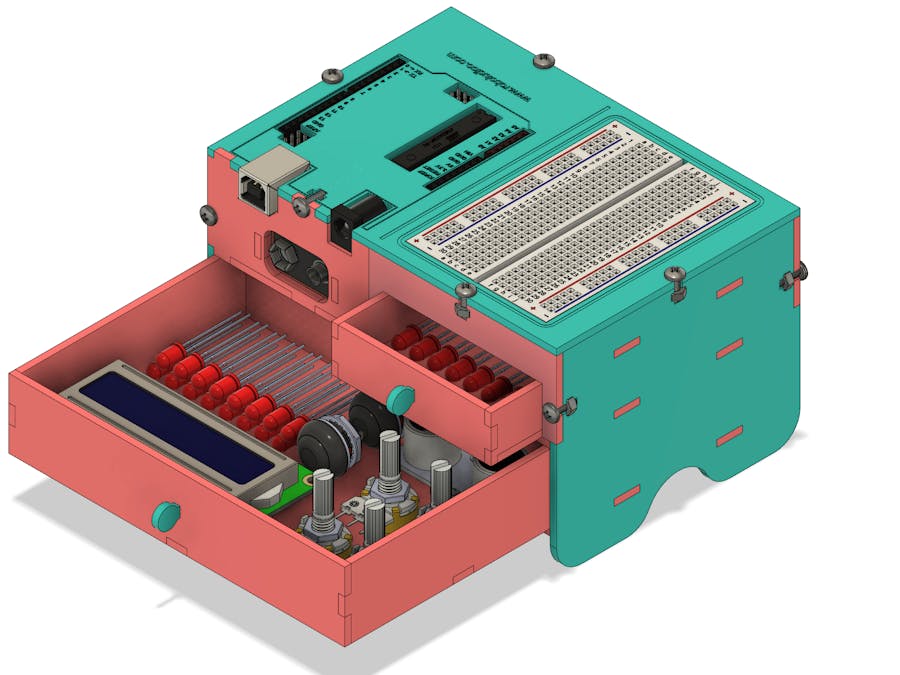Get to know about Logic Analyzer, why is it used, and how to use it.
Hybrid Rocket Engine Combines Ceramic Aerospike with 3D Printed Fuel
[Integza] has worked hard over the last year, crafting a variety of types of rocket and jet engine, primarily using 3D printed parts. Due to the weaknesses of plastic, all of which conflict with the general material requirements for an engine that gets hot, he has had less thrust and more meltdowns than he would have liked. Undeterred, he presses on, now with a hybrid rocket aerospike design. The goal? Actually generating some thrust for once!
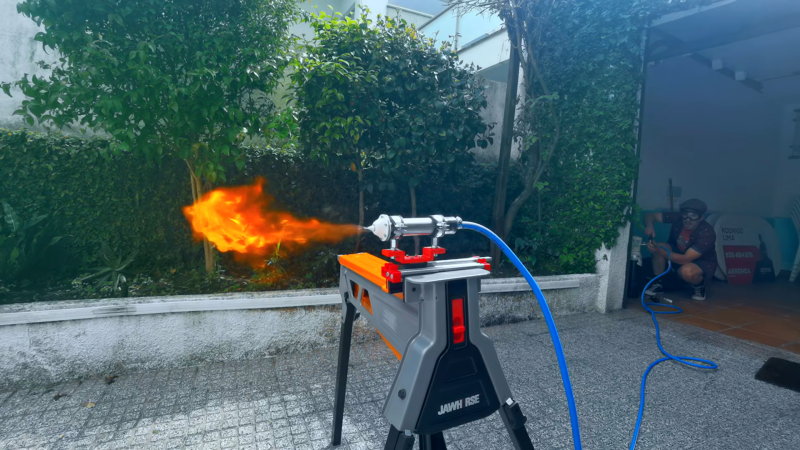
Adafruit Designed an RP2040-Based Development Board Specifically for Custom Keyboards
The fine folks at Adafruit have just designed a new RP2040-based development board that is perfect for custom keyboard builds, the KB2040.
To many people, computer keyboards are appliances and nothing more — like a toaster or an alarm clock. But there are a lot of us who take our keyboards very seriously. We care about the feel of our key switches and the layout of the keys. To accommodate our tastes, we can either purchase a purpose-built mechanical keyboard or build one ourselves. If you want to go the latter route, then you will need a microcontroller to monitor your keyboard matrix and send key presses to your computer. To make the new RP2040 microcontroller accessible to keyboard builders, Adafruit has designed a new development board with the Arduino Pro Micro form factor.
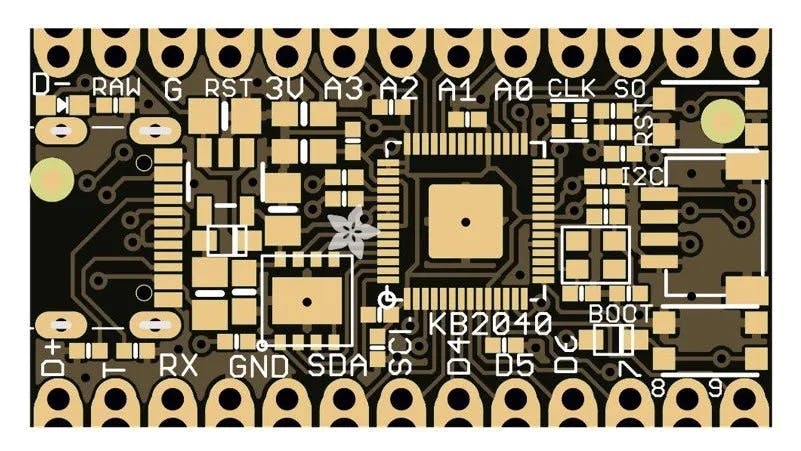
Experimental AI Tool Makes GTA 5 Look Stunningly Photorealistic – Here’s How
An AI research group has released a new video showcasing a new photorealism enhancement tool being applied to GTA 5 – and the results are stunning.As part of the Intel ISL research group’s Photorealism Enhancement project, the new machine learning tool helps make computer-generated images more realistic by analyzing each frame of the game animation and comparing that to real-life images before applying enhancements based on them. In a video demonstration, Intel ISL shows some regular gameplay of Grand Theft Auto 5 before switching over to its tool’s output, which analyzes the gameplay footage and uses machine learning to make it look more photorealistic.

Arduino-controlled Rubik’s cube chandelier solves itself
Rubik’s cubes have been mystifying and frustrating people for more than 40 years now. According to Forbes, 450 million Rubik’s cubes had been sold by 2020. But based on our very scientific estimates, only a small fraction of those have been solved. To avoid that difficulty, Stuart Gorman gave his Rubik’s cube chandelier the ability to unscramble itself.
This large 3D-printed chandelier looks exactly like the iconic cube, except that each section is lit by LEDs instead of covered with a sticker. Those are WS2812B individually-addressable RGB LEDs controlled by an Arduino Mega board. People usually choose the Mega when they need a lot of I/O pins, but in this case Gorman picked the Mega because it has lots of RAM to work with. That RAM is necessary for handling the complexity of the Arduino code that the lamp is running.
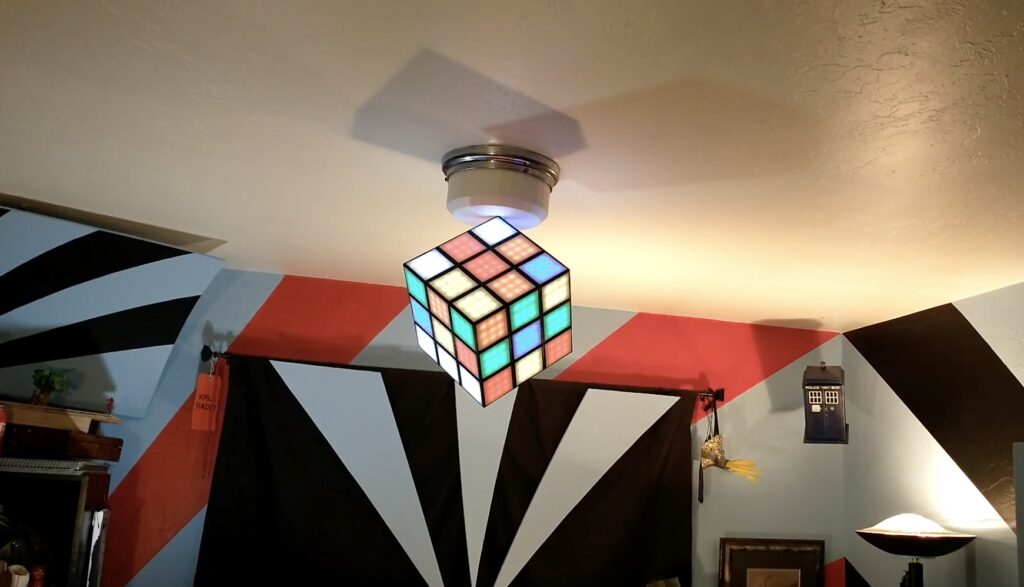
Arduboy CE (Cartridge Edition)
Arduboy CE places the MCU onto a removable game cartridge so you can swap out games like the good ol’ days!
Game cartridges are so nostalgic! And Arduboy is all about the nostalgia. Designed to be reminiscent of the original DMG Game Boy, Arduboy CE (Cartridge Edition) combines both concepts!
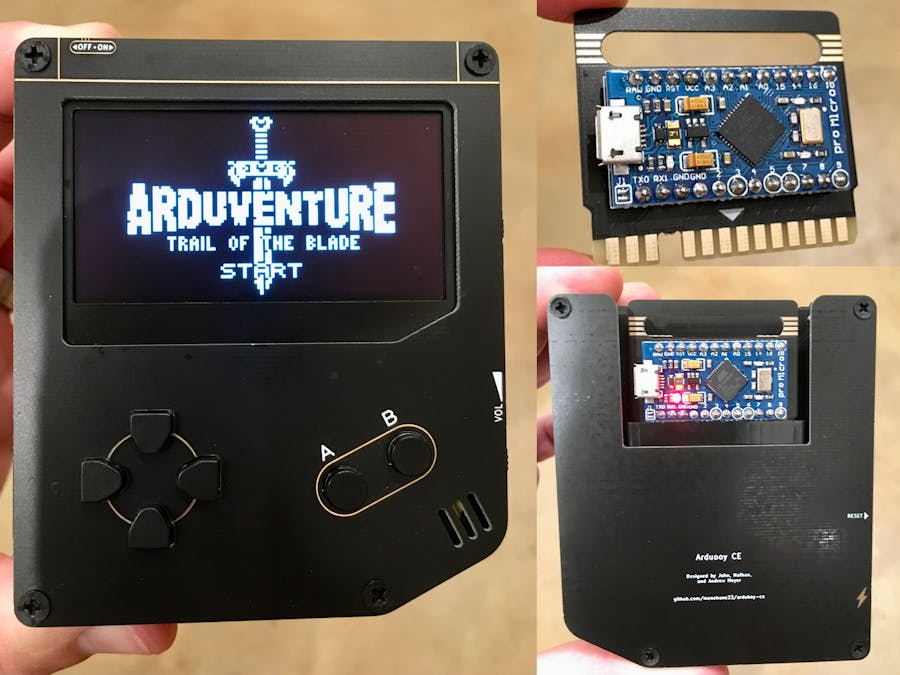
Tetris for GameBoy Gets Online Multiplayer
Released in 1989, the Game Boy version of Tetris is notable for being the first game to support multiplayer via the so-called “Game Link Cable” accessory. So it’s fitting that, 32 years later, that same game is now playable with others over the Internet thanks to an open source USB adapter from [stacksmashing].
As explained in the video below, the adapter is essentially just a Raspberry Pi Pico paired with some level shifters so that it can talk to the Game Boy’s link port. That said, the custom PCB does implement some very clever edge connectors that let you plug it right into the Link Cable for the original “brick” Game Boy as well as the later Color and Advance variants. This keeps you from having to cut up a Link Cable just to get a male end, which is what [stacksmashing] had to do during the prototyping phase.
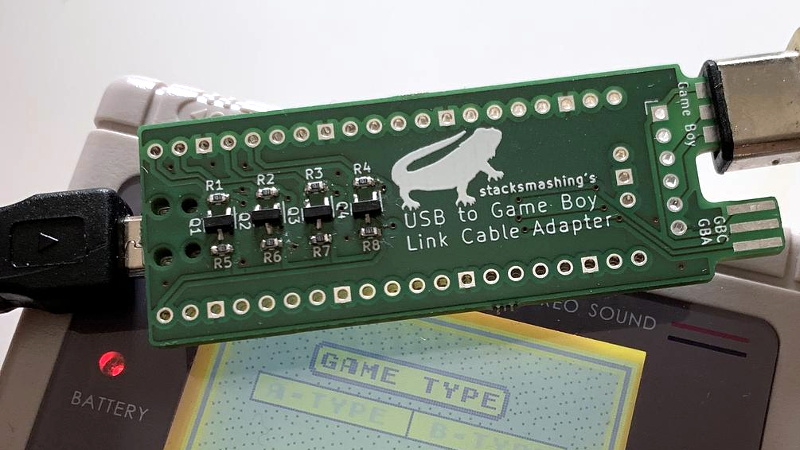
Digital to Analog Converters – An Introductory Tutorial
Digital to Analog Conversion 101
The function of a digital to analog converter is to convert a sequence of digital bits (usually stored in some sort of register) into an analog signal. That is, a DAC takes a binary number and converts it an analog voltage that is proportional to the binary number. If we feed a DAC with different binary numbers in quick succession a complete analog waveform is created.
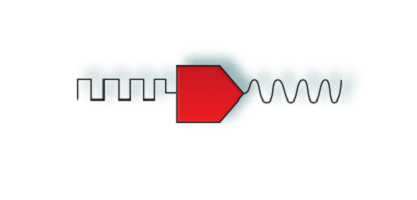
Create an Arduino Wireless Network Using NRF24L01 modules
A 4 node wireless network setup using the NRF24L01. Code link: https://github.com/webslinger2011/RF2…

